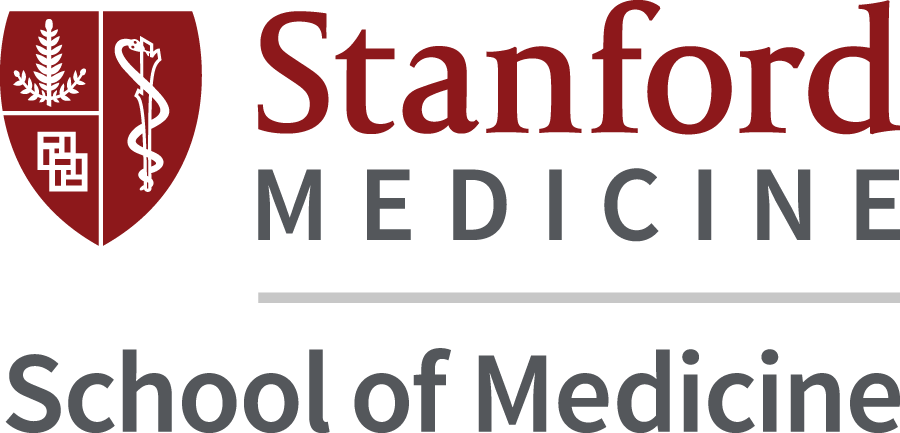Biopreservation
Long-term biopreservation of cells has broad public health impact that influences millions of lives globally. For instance, in reproductive medicine, cryopreservation of human oocytes has emerged as a viable option to maintain fertility for female patients who suffer from pathological conditions (e.g., premature ovarian failure) or receiving anticancer therapy such as chemo/radio-therapy. In transfusion medicine, cryopreservation of blood components (e.g., red blood cells and platelets) provides a supplementary inventory for blood banking. In regenerative medicine, preserving human stem cells is one of the promising therapeutic approaches to treat various diseases such as cardiovascular diseases, diabetes, immune-modulatory disease, and cancer.

We aim to develop innovative technologies and materials to cryopreserve blood, stem cells, and germ cells (e.g., oocytes, sperm, and zygotes) with high efficiency and function. Current technologies, using slow freezing and vitrification, damage cells due to formation of ice crystals and exposure to high levels of toxic cryoprotective agents (CPA). Our droplet-based vitrification technique can achieve cryopreservation using lower CPA concentrations, which results in significantly higher cellular survivability and functionality compared to conventional methods. In addition, we are currently exploring new classes of naturally-inspired CPAs, which preserve cells morphology, mechanics, and function.
High-speed recording of vitrifying PrOH droplet in liquid nitrogen via Fastcam SA5, Photron. The real-time timestamp is on the 4th line of the video running as the video plays. The radius of the droplet in motion is 217.34 µm. The Leidenfrost floating time from the initial droplet contact with liquid nitrogen till the droplet sinks is 2.15 seconds.
Please download the high-speed recording (10 gb) from the following link: https://dl.dropboxusercontent.com/u/42754813/HighSpeedVideo.avi
